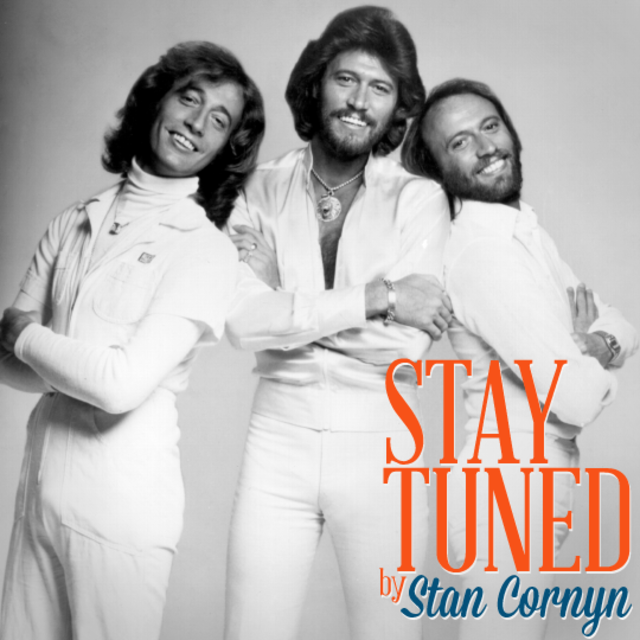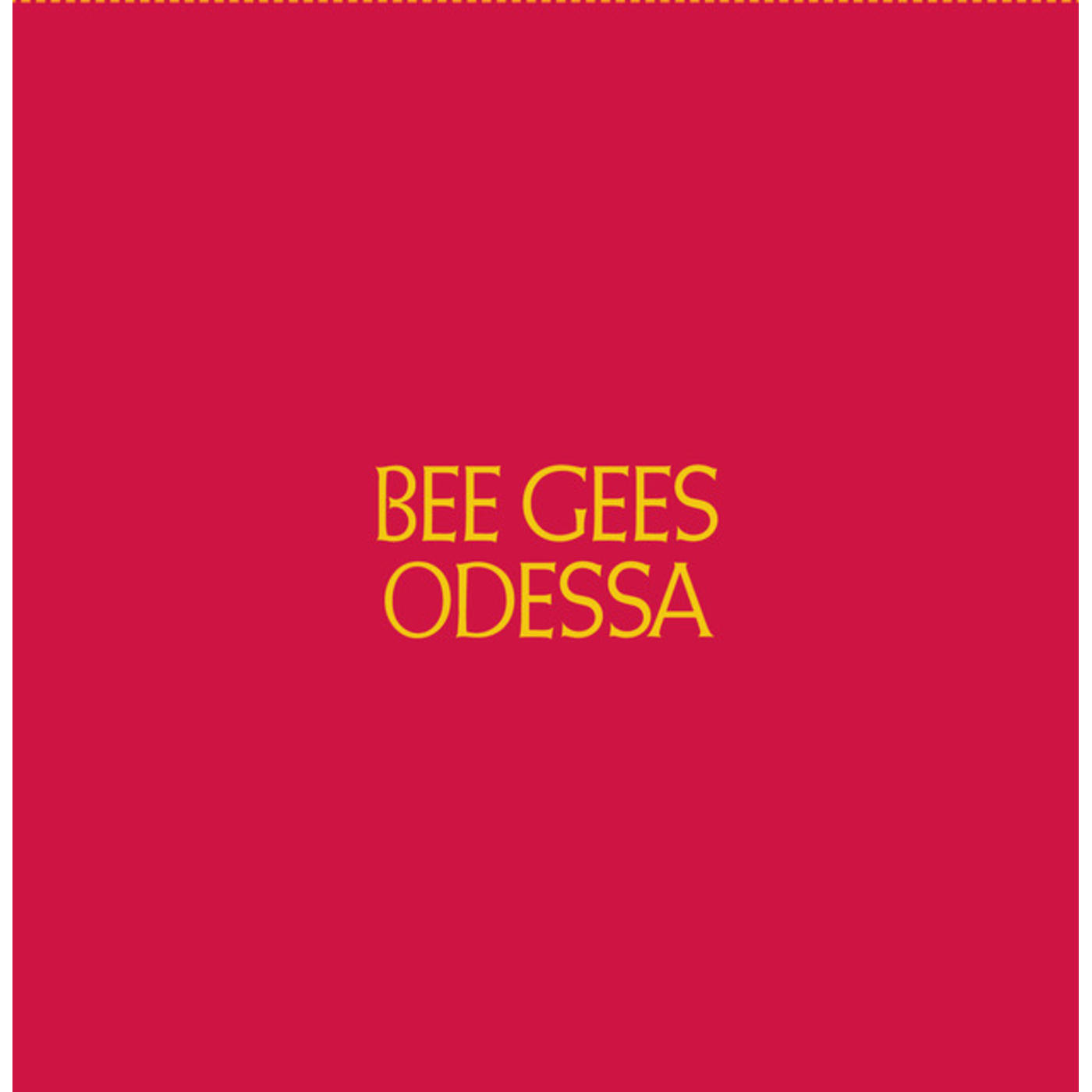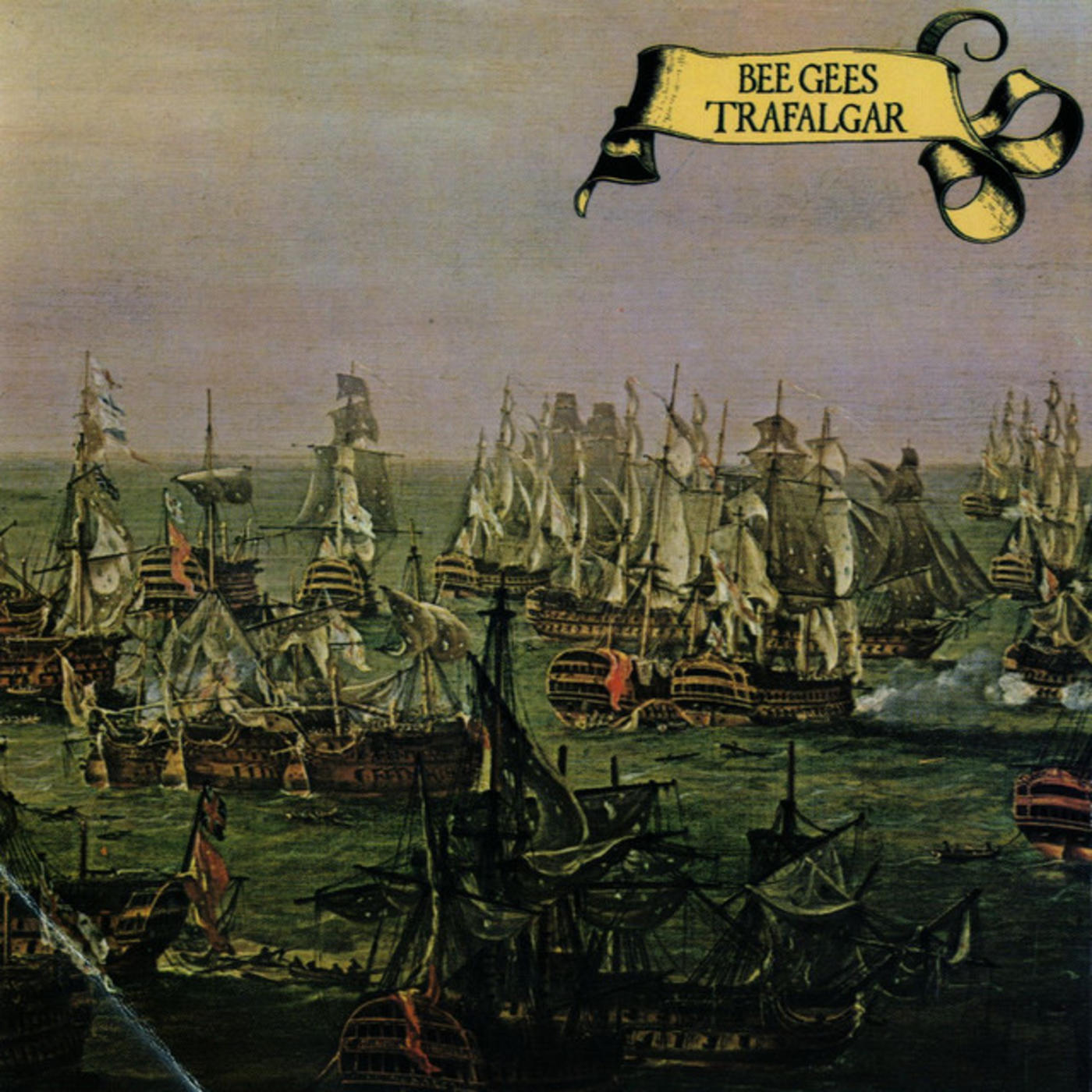Stay Tuned By Stan Cornyn: Ahmet Turns East

Every Tuesday and Thursday, former Warner Bros. Records executive and industry insider Stan Cornyn ruminates on the past, present, and future of the music business.
Atlantic had settled into a label by three chieftains of Ahmet’s liking. Ahmet Ertegun, Nesuhi Ertegun, and Jerry Wexler. Those three liked that three-way. So much so that they had earlier bought out the shares (10% of the company) from the feisty Miriam Kahan Abramson, following her divorce from Herb Abramson, and her soon re-marriage to publisher Freddy Bienstock.
Miriam didn’t fit with the current Atlantic Trio, so they asked her “how much to buy you out?” She named her buy price ($600,000) and with no dissent, she got it. As she strode out of Atlantic Records for the final time, check in hand, she yelled back to the trio, “I give you six months.”
A New Style of Atlantic
The label had started as explorers of New York black pop, then known as New York rhythm and blues. Or Harlem. Atlantic had got better and better at that, but the market in R&B had faded away.
The three heads of Atlantic had turned their ears away from New York. They no longer spent long and hopeful nights at Harlem clubs.
Nesuhi Ertegun now often faced west, to California, where he’d worked in jazz records for over a decade, had his own jazz label (Crescent Records, named for New Orleans’ Crescent City, although its logo was a Turkish flag) before joining his younger brother Ahmet in New York. Nesuhi still focused on jazz, signing to Atlantic/Atco jazz stars from Sidney Bechet to Shorty Rogers.
Jerry Wexler had turned south, to places like Memphis, where he worked often with Memphis-based Stax Records. Different from New York, so much so that Wexler even turned over Atlantic acts (like Sam and Dave) to Stax, hiring that label to do it all for them.
Finally, Ahmet Ertegun had turned east, across the Atlantic to London, where new white bands were scoring big. Atlantic’s distributor for the United Kingdom (UK) was Polydor Records. So Polydor got first choice of Atlantic’s signings for the UK. But what interested Ahmet more was, Atlantic got first pickings from Polygram. That one contract clause would make Atlantic’s decade. Already available from Polydor was Eric Clapton, who’d caused graffiti posts across London Town to read CLAPTON IS GOD.
On trips to London, Ahmet became best friends with an emerging records guru named Robert Stigwood, who managed acts, recorded acts, published songs, produced concerts, and signed amazing label deals for acts like the BeeGees and Cream: new rock mega-stars beyond borders. And Stigwood could handle it all.
Which brings us to 1967 or so. The Beatles have pushed to “go” button for vocal rock bands.
When over in London, Ahmet would go over deal upon deal with the younger Robert … well, as Ahmet now called his Polydor rep:
“Stiggy-poo”
Robert Stigwood had come to London from his native Australia, and wiggled through a decade of learning jobs until he landed this job within Polydor where he could behave the way he wanted. His own sub-label and his own company. There, Stigwood too had gone through acts a-plenty until he signed some fellow Australians who’d also made it to London.
They were three brothers.
Three Gibbs brothers or, as they later got re-branded, the Bee Gees.
The Brothers Gibb
One day, back in 1957, the three lip-syncing Gibb Brothers were on the way to perform on stage at the local Gaumont cinema. On the way, they broke their key to lip-syncing: their 78 rpm single. So that day, they had to sing live.
The audience loved what it heard. They crowd stood to applaud their harmonizing. The Gibb boys decided to sing for their careers.
Through their early years, they called themselves various names: like Wee Johnny Hayes and the Blue Cats. In 1959, they took on the name Bee Gees.
Seven years of learning now followed. They recorded cover records of English hits, even early Beatles. It was not until 1966 that the Bee Gees made a hit record. Their own song “Spicks and Specks,” which stood out from many of their other records, those often cover versions of Beatles hits from England.
The three brothers had already been reaching out to England from their wee record companies in Australia. Every few weeks, they’d sent packages of demos or singles to England-based, multi-national major labels, like EMI.
To them, England was the big time. Wanting more, wanting to be in the center, the Bee Gees left Australia and rode a boat up to England.
In 1967, they got off that boat at Southampton. They were broke. They went down their list of execs. One named “Stigwood.”
Stigwood had heard the tapes they’d sent him from Australia. He called the only phone number he had for them. The phone rang in an unfurnished house in North London where the three Gibb brothers were sleeping on the floor.
On the phone, Stigwood told them, “Now look I’ve heard these tapes and I want to do business with you guys. Wherever you are, just come on in.”
They scurried, and Stigwood signed them. The deal: he’d become their manager, control their song publishing, and handle their record production. For five years. The contract was split: Polydor would get UK rights, and Ahmet’s Atco label got the US rights, five years for £80,000, which was then reportedly “the biggest ever for a new group.”
To make the original trio into a band, two other Australians were added. You needed a drummer (Colin) and a lead guitar (Vibce). Those two played the music but sang little of it.
1967, And Hit After Hit Happens
Hits started. Stigwood got very involved. He spent oodles of Polydor’s cash. For instance: He tossed out a full, orchestral version of “New York Mining Disaster 1941,” and instead had “his” Bee Gees do a voices-plus-guitar version. After the re-recording, the engineer in the booth (Ossie Byrne) put it mildly: “I think you’ve done it, gentlemen.”
That bare bones version of “New York Mining Disaster” was sent by Stigwood to radio stations with a blank label, only that song’s title on it. Some DJs heard it, assumed (because of the three-part harmony singing) this was the new Beatles side, and gave it heavy rotation. It went Top 20.
In the US, Atco amended the title with a subtitle: “New York Mining Disaster 1941 (Have You Seen My Wife, Mr. Jones).” In under two weeks, Billboard reported it sold almost 200,000 copies.
“You’ve got to record an album now,” Stigwood told them, and hustled them into his choice recording studio (IBC in London W1). “Get on with it,” was his instruction. The Bee Gees had plenty of songs to record. They once estimated they wrote six new songs every day.
First came Otis Redding’s “To Love Somebody,” with Barry Gibbs as solo vocalist. Top 20.
But mostly they made their own-written songs. For this album, “One Minute Woman,” which was written on the ship coming up from Australia. (Again citing a debt to Stax’ Otis Redding.)
This, their first (international) album – Bee Gees 1st – went top 7 on Atco, and to 8 on Polydor/U.K. All this from Southampton just six months ago. Suddenly hot.
Stigwood and Ahmet flew the Bee Gees over to Miami for Atlantic’s 1967 sales convention in July. Billboard reported it as “the most successful gathering of this sort in the label’s history, with orders being written for $3,000,000 in sales.”
The next day, the Bee Gees were on a plane to Hollywood, where Sonny & Cher hosted a party for them. They had suddenly captured the world’s ears, and Stigwood dressed them accordingly.
Back in London, however, the government has an order to deport the two non-Gibbs members of the Bee Gees, Vince and Colin. Their visas had expired. News headlines!
One young fan, Deidre Meehan, chained and handcuffed herself to Buckingham Palace to protest the deportation. As photographers’ flash bulbs popped, the police de-cut her and ordered her to return home. (Meehan was a secretary working for Robert Stigwood, who’d ordered her to pull off this publicity stunt.)
Still advancing within Polydor, Stigwood next set himself up as independent-in-label-name-too, his new org being named RSO (for Robert Stigwood Organization). His new “collaborator” company remained the wealthy PolyGram, still a “major” co-funded by Germany (Deutsche Grammophon) and Holland (Phillips). From now on, his RSO would “handle” acts he signed, including the Bee Gees and his other artists, including Cream.
1968
In January, the Bee Gees made their American concert debut, selling out two shows at the Anaheim (California) Convention Center. Opening that night - Atco’s Vanilla Fudge. In the audience were members of the Mamas and Papas, the Monkees, the Turtles, Buffalo Springfield, and the Smothers Brothers. You just had to be there.
When the Bee Gees came out on stage for the second concert that evening, they were stunned that “the orchestra stood and applauded us. That doesn’t happen at home,” Barry noted.
Feb, 1968: Second album: Horizontal, with hit singles “Massachusetts” and “World.”
By 1968 and the Bee Gees had become world-wide hits. Robin’s girl friend Molly pictured “worldwide”: “Germans were wilder than the fans in England at the heights of Beatlemania.” Maurice Gibbs recalled Switzerland: “There were over five thousand kids at the airport in Zurich, the entire ride to Bern, the kids were waving Union Jacks. When we got to the hotel, the police weren’t there to meet us. The kids crushed the car. We were inside and the windows were all getting smashed in. We were on the floor.”
September, 1968: Third album: Idea, a psychedelic rock album with hit singles “I’ve Gotta Get a Message to You” and “I Started a Joke.” Idea went #4 in UK and #17 in US. No singles were issued in the UK.
PolyGram (Europe cover)
Atco (North America cover)
with art by Wolfgang Heilemann, who’d done the cover art for Bee Gees 1st.
March, 1969: Fourth album: Odessa, a double LP. And the final album from the original “fivesome” Bee Gees to get issued. After this album, one-by-one there would be fewer bees in the group.
Odessa had evolved; it had once been a concept album first called An American Opera, then Masterpeace, but those concepts didn’t last.
But critically, this album has been called “their best,” and is positioned by hear-it-alls as one of the best British albums ever, along with The Moody Blues’ Days of Future Past and the Beatles’ Sgt. Pepper’s Lonely Hearts Club Band.
Odessa’s album art is only one item beyond the fuzzy red cover; inside is a photo of the Bee Gee’s long voyage from Australia to … now:
Four Albums and Almost Out
First to leave the Bee Gees was Robin Gibb, who didn’t get his way about which single (his or Barry’s) would come out first from Odessa. He left the group in early 1969. One by one, the others followed. Colin was fired. Maurice recorded his own, solo album. Or as Robin once put it, “We had egos.”
For Robert Stigwood and Ahmet Ertegun, the Bee Gees had been a major pleasure, at least in the last years of the Sixties. Both men had enjoyed riches from the Bee Gees.
Stigwood, age 23, had come to London from Australia with 30 shillings to his name. Eight years and three Bee Gees later, he had $10,000,000 and a fifteen-room Tudor mansion, hidden within thirty-seven acres of gardens within London.
Stigwood had grown longish brown hair, and toured London in his white Rolls. He was polite to the point of sugar. He’d rented a $700,000 Manhattan townhouse on East 78th, three blocks down from Ahmet and Mica’s.
Stigwood had become a pioneer in the new part of the record business: independent record production.
When he’d formed his own, RSO label, Atlantic got the first three years of RSO’s artists for North America. So Ahmet hung out in London a lot, too.
It was on one of those trips that Ahmet had told Stiggy-poo that he was interested in signing this new trio: The Bee Gees.
“Oh,” answered Stigwood. “I thought you came over for my new trio.”
“Who’s that?”
“Cream. They’re available. Eric Clapton and …”
-- Stay Tuned
Where Are They Now:
The Bee Gees: Beyond those first four LPs, various re-packagings and compilations and concerts and alternates have been issued over the decades. Most impressive is the 2009 Reprise 3-CD set (with stereo and mono versions for 17 songs + 23 alternates and demos and…all).
Robert Stigwood: His moments in records waning, Stigwood turned in the 1970s to theatre, and did even better, with staging and filming of Evita, Saturday Night Fever (with the Bee Gees), Hair, Jesus Christ Superstar, Grease, and the like. He’s now in his late-seventies.


